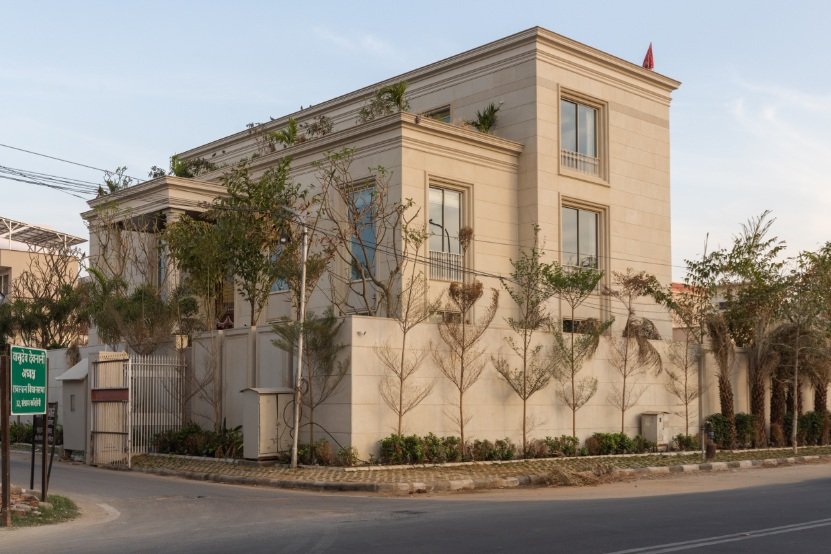Architecture is about weaving narratives through design while meeting modern design styles. When architects combine creativity, context, and culture, they craft spaces that speak to the soul. This approach, often referred to as “architectural poetry,” allows buildings to transcend their physical form and communicate deeper meanings. In this article, Ar. Rajkumar Kumawat, Principal Architect at Rajkumar Architects shares tips to create spaces that tell stories and resonate with their occupants.
1. Contextual Design: Weaving Local Narratives Into Architecture
Contextual design involves understanding the cultural, historical, and environmental aspects of a location and integrating them into the architectural narrative. By responding to the surroundings, architects can design spaces that belong to their context rather than dominate them. This approach creates a story that is deeply tied to the land, culture, and people of the area.
2. Materiality: Using Materials as Storytelling Tools
Materials play a crucial role in expressing the narrative of a space. Whether it’s the warmth of wood, the permanence of stone, or the transparency of glass, each material brings its own voice to the design. The choice of materials can evoke emotions, tell stories of craftsmanship, or reflect a building’s connection to its environment. Architects use materiality to enhance the story they want to convey through the space. For instance, in our residential project, Classical Grandeur, we have incorporated locally sourced marble with local craftsmanship to narrate a story of the region.
3. Spatial Flow: Crafting Experiences Through Movement
The layout and flow of a building are vital to storytelling. Just as a story unfolds over time, so too should an architectural experience. Spatial flow can guide occupants through a journey, revealing new elements and perspectives at every turn. Whether it’s a slow, deliberate path through a gallery or an open, free-flowing space in a home, architects use movement to engage and captivate.
4. Symbolism in Design: Layering Meaning into Space
Symbolism adds depth to architectural design by embedding meaning into elements such as shapes, forms, and layouts. These symbols can be overt, such as the use of religious or cultural motifs, or subtle, like the arrangement of spaces to represent growth or connection. Through symbolism, architects create spaces that resonate on an emotional and intellectual level, inviting occupants to interpret and connect with the space on a deeper level.
Architectural poetry is a delicate balance between creativity, functionality, and emotion. Rajkumar Architects specialises in designing spaces that go beyond aesthetics, weaving narratives that inspire and connect with the human spirit.

